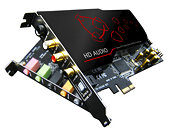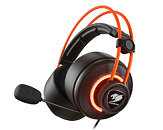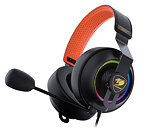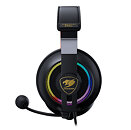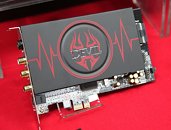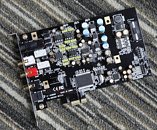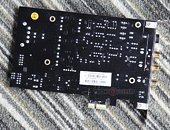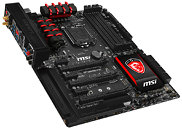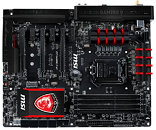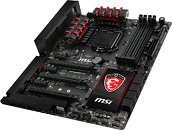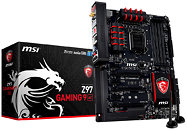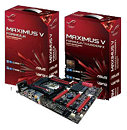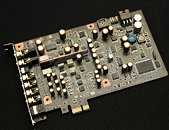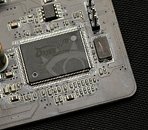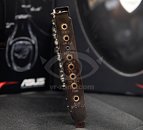Taiwanese PC audio hardware manufacturer Aim launched its flagship consumer sound card, the SC808. This full-height dual-slot (with daughterboard) sound card features PCI-Express x1 bus interface, and offers 7.1-channel analog and digital outputs. At its heart is C-Media's CMI8888, which is a native PCIe HDA controller, giving external DACs the task of handling analog outputs. The primary 2-channel headphones output is driven by a Wolfson WM8741 DAC, which offers a stellar SNR of 128 dBA. Other analog channels (center/sub, rear, sides), are handled by a C-Media CMI9882A CODEC, which offers a reasonable 100 dBA.
At the downstream of the WM8741 is the card's headphones amp circuit, featuring socketed Texas Instruments LM4562 OPAMP chips, metalized polypropylene capacitors, and a swappable pre-amp stage. The main PCB of the card holds a 6.3 mm stereo headphones jack, left and right RCA line-outs, 7.1-channel coaxial, and optical/TOSLINK SPDIF outputs. The other multi-channel analog outs are wired out by a header and ribbon cable to the daughterboard, which holds color-coded 3.5 mm jacks to all the channels. All audio portions of the card feature electrolytic capacitors (except the OPAMP stages, which feature MP caps), only the electrical/VRM portion of the card features conductive polymer (solid-state) capacitors. The card draws power from a 4-pin Molex power connector. On the software side of things, the driver provider is C-Media, with its reference Xear3D control panel. The card supports Windows 8. Slated for an April 24th launch in Japan, it's expected to be priced at 12,000¥ (US $112). Given its hardware, that's a reasonable price.
